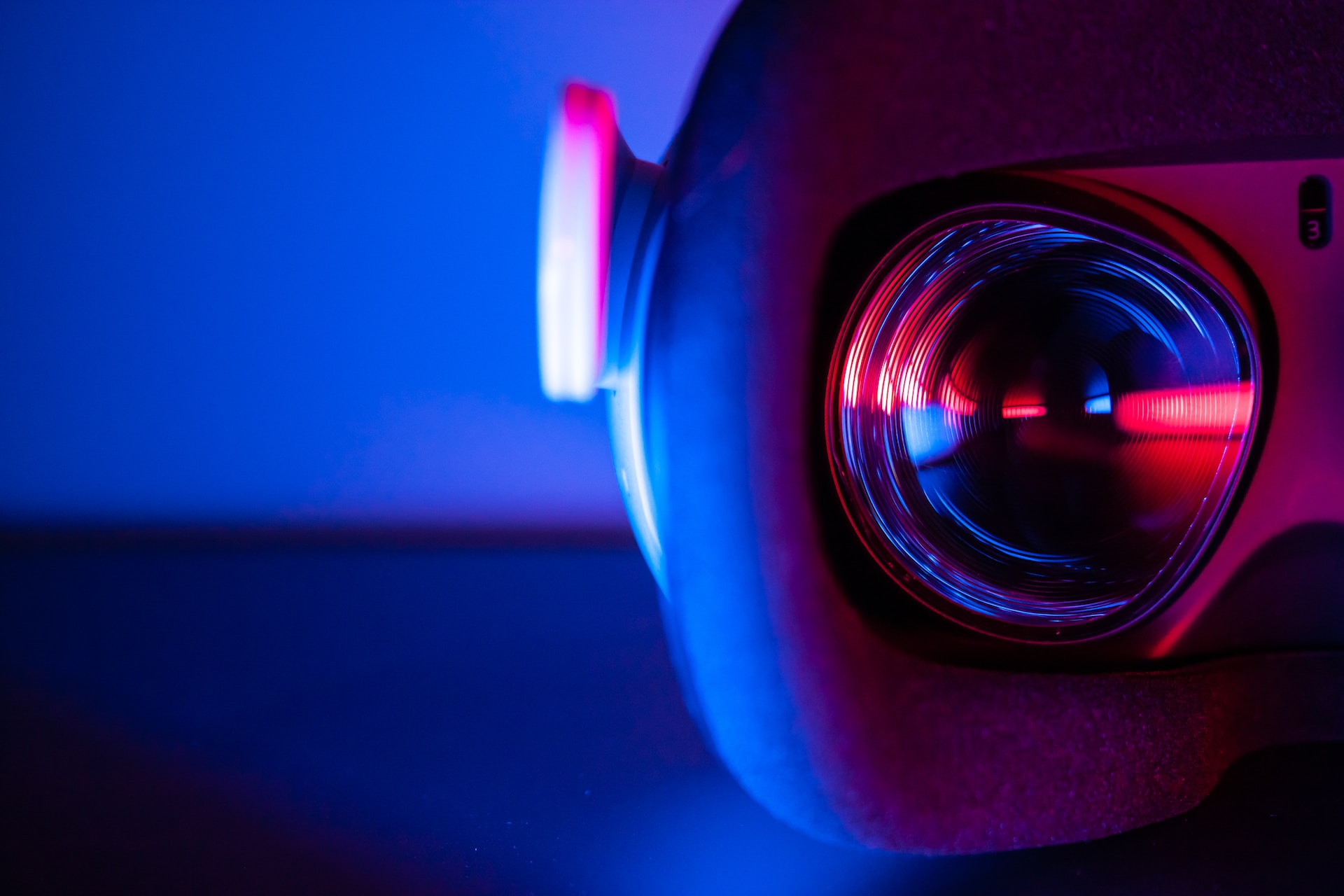We are on the cusp of a health care revolution. New technologies are emerging that have the potential to change the way we approach healthcare. These technologies are poised to change everything from diagnosing and treating diseases to how we provide care for patients. This article will explore 10 of the most exciting health technologies that could revolutionize health care.
Virtual Reality
Virtual reality is already being used in some hospitals to help patients with pain management and anxiety disorders. VR has also been shown to be effective in treating post-traumatic stress disorder.
In the future, VR could be used for a wide range of applications, including training medical students and providing remote care for patients.
VR has the potential to revolutionize health care by providing a more immersive and realistic experience for patients. Medical students could gain hands-on experience with VR without putting patients at risk.
Artificial Intelligence
Artificial intelligence is used in healthcare to help with various tasks, including diagnosis, treatment planning, and patient care. AI has the potential to greatly improve the efficiency of healthcare systems by automating routine tasks and providing decision support for clinicians.
In the future, AI could be used to personalize care for patients and even predict health risks. AI has the potential to transform healthcare by making it more efficient and effective. Moreover, AI may even be able to diagnose diseases before symptoms appear.
Telemedicine
Telemedicine is the use of technology to provide medical care from a distance. Telemedicine can be used for various applications, including diagnosis, treatment, and patient education. Telemedicine has the potential to improve access to care, especially in rural and underserved areas.
In addition, telemedicine can improve access to specialists since this technology has the potential to improve the quality of care by providing more timely access to care. Telemedicine can also help reduce the cost of care by reducing travel time and expenses.
Wearable Devices
Wearable devices are becoming increasingly popular, with a wide range of applications in consumer and healthcare markets. In the future, wearable devices could provide real-time feedback to patients about their health.
Wearable devices have the potential to revolutionize health care by providing real-time feedback to patients. With wearable devices, patients could receive timely reminders about their medication and be alerted to changes in their vital signs. In addition, wearable devices could track fitness data and monitor for diseases.
Big Data
Big data is a term used to describe the large volume of data generated by healthcare systems. Big data can improve patient care by providing insights into population health and trends in disease. In addition, big data can support clinical decision-making and research.
Genomics
Genomics is the study of genes and their function. In healthcare, genomics is used to understand the cause of diseases and to develop personalized treatments.
Genomics has the potential to improve patient care by providing insights into the cause of diseases and developing personalized treatments. In addition, genomics can be used to predict health risks and to develop targeted prevention strategies.
Robotics
Robotics uses machines to perform tasks that would otherwise be impossible or difficult for humans to do. In healthcare, robotics is used for various applications, including surgery, rehabilitation, and patient care. Robotics has the potential to improve patient care by providing more accurate and efficient treatments.
Robotics has the potential to revolutionize health care by providing more accurate and efficient treatments. In addition, robotics can improve access to care, especially in rural and underserved areas.
A Mobile App to Monitor and Manage Chronic Conditions
Some apps are available that can help people with chronic conditions track their symptoms, medications, and appointments. But there’s still room for improvement. A truly revolutionary app would be able to track all of this information and provide personalized insights and reminders.
It would also be integrated with the rest of the health care system so that providers could easily access information and make necessary changes.
Shockwave Therapy
As our knowledge of the mechanisms that underlie shockwave therapy’s many functions increases, the scope of medical applications of extracorporeal shockwaves continues to expand. ESWs was first used to treat kidney stones using shockwave lithotripsy.
There are many indications for shockwaves (SWs), which can be used to treat a variety of conditions, including ischemic heart disease and musculoskeletal disorders. This shows their potential for great benefit for patients with different diagnoses. There will be many more medical applications for shockwaves in the future.
Some of the new treatments SWs is being used for are mesenchymal and cancer stem cells, wound healing, erectile dysfunction, as well as biofilm treatment. While some treatments are already available and priced reasonably. For example, shockwave therapy for ED can be performed at home for a reasonable price.
An AI-powered Chatbot
Some companies are already using AI chatbots to provide customer service. But they have the potential to do so much more. A health care chatbot could provide personalized health information and advice 24hours a day. It could also help people schedule appointments and track their health progress over time.
Electronic Health Records
The widespread adoption of electronic health records can transform the healthcare system. EHRs can improve the quality of care and make it more efficient and coordinated. You can visit HealthTECH here.
They can also help reduce medical errors and support research and public health initiatives. However, there are significant challenges to implementing EHRs, including interoperability and privacy concerns.
Many health technologies have the potential to revolutionize healthcare. These technologies can improve the quality of care, make it more efficient and coordinated, and help reduce medical errors.
















